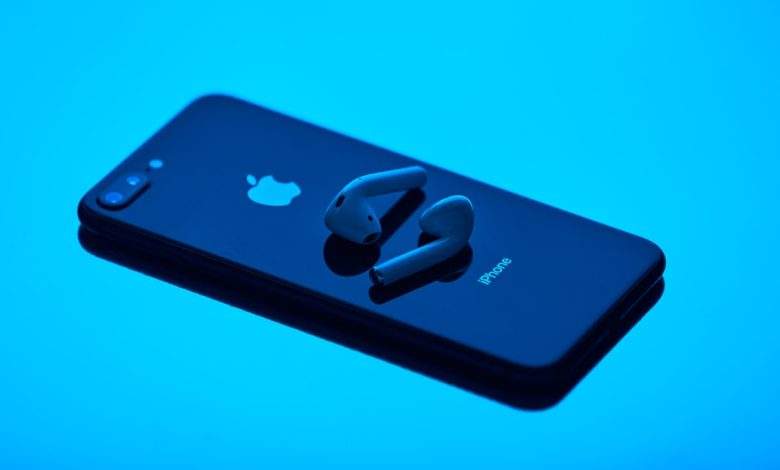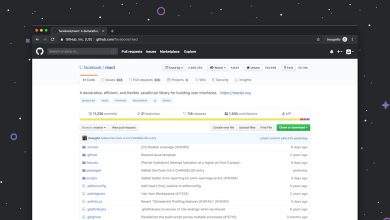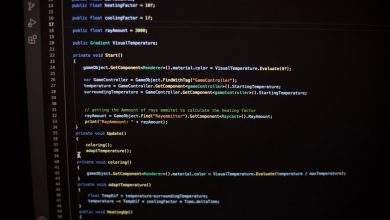
Reactivation emails guide: 6 best examples in 2025
In today’s competitive digital landscape, customer retention has become just as critical as acquisition. Brands are always seeking ways to reconnect with users who have gone quiet. This is where reactivation emails come into play — targeted messages designed to re-engage customers who haven’t interacted with a brand in a while. In 2025, the most successful reactivation campaigns are highly personalized, visually appealing, and rooted in data-driven insights.
Reactivation emails are a cost-effective method to win back interest and drive conversions without pouring resources into targeting brand-new traffic. Below is a guide that explores the top six reactivation email examples observed in 2025, along with key takeaways and tips each brand used to successfully re-engage their audience.
1. Spotify: Personalized Listening Recap
Spotify continues to lead the game by transforming user data into a compelling visual story. Their 2025 reactivation email features a personalized listening recap showing past playlists, top artists, and individual trends, urging users to come back and hit play.
Key Element: Tailored content and an emotional hook based on nostalgia and curiosity.
[ai-img]spotify recap, email personalization, music trends[/ai-img]2. Duolingo: Time-Driven Reminder
Language learning app Duolingo uses time-based triggers, such as “It’s been 3 months since your last lesson,” paired with user progress achievements to bring users back. Their reactivation emails are playful, on-brand, and offer a one-click return button.
Key Element: Gamification and progress-based re-engagement offer a motivating nudge.
3. Airbnb: Explore New Destinations
Targeting travelers who haven’t booked recently, Airbnb sends elegant reactivation emails featuring trending destinations, personalized travel recommendations, and exclusive deals. These visually-rich emails make wanderlust irresistible.
Key Element: Visual storytelling and exclusive offers work in tandem to create urgency.
[ai-img]travel offers, airbnb email, wanderlust destinations[/ai-img]4. LinkedIn: Networking Opportunity Alerts
LinkedIn taps into professional FOMO (Fear of Missing Out) by sending users updates about jobs they might have missed or rising industry trends. The reactivation email uses real-time data to show new networking events, friend activity, and timely career moves.
Key Element: Real-time, relevant data that appeals to the user’s career aspirations and goals.
5. Asana: Project Health Check
Productivity platform Asana sends dormant users a “health check” email showing the status of old projects, team member activity, and new updates. This strategy encourages users to revisit and re-evaluate their existing team efforts.
Key Element: Anchoring re-engagement around real project milestones and deadlines encourages return use.
6. Zalando: “We Miss You” Coupon
The fashion retailer Zalando expertly combines emotion with action by opening with a line like “We miss you” and coupling it with a limited-time discount. These reactivation emails are designed to feel personal while incentivizing purchase with a clear call to action.
Key Element: Emotional appeal combined with a monetary incentive proves to be a timeless strategy.
Tips for Crafting Effective Reactivation Emails in 2025
- Use AI to personalize content: Incorporate machine learning tools to auto-generate relevant recommendations for each user.
- Keep copy concise: Users should be able to grasp the message within five seconds.
- Design mobile-first: Ensure all graphics and CTAs are responsive across devices.
- Time triggers matter: Set automation to send emails based on user inactivity periods.
- A/B test campaigns: No template fits all — test variations to optimize open and click-through rates.
Frequently Asked Questions
What is the main purpose of a reactivation email?
A: The goal is to re-engage users who haven’t interacted with your brand over a defined period and encourage them to return and take action.
How often should I send reactivation emails?
A: It depends on your business model, but typically after 30 to 90 days of inactivity is a good starting point. Monitor analytics to fine-tune timing.
Should reactivation emails include discounts?
A: While not required, a discount or incentive can significantly improve engagement, especially in e-commerce or subscription-based models.
What metrics define a successful reactivation campaign?
A: Key metrics include open rates, click-through rates, return visits, and conversions from dormant users.
Is it worth reactivating highly inactive users?
A: Yes, it often takes fewer resources to re-engage an old customer than to acquire a new one. Prioritize leads based on past activity and purchase history.



